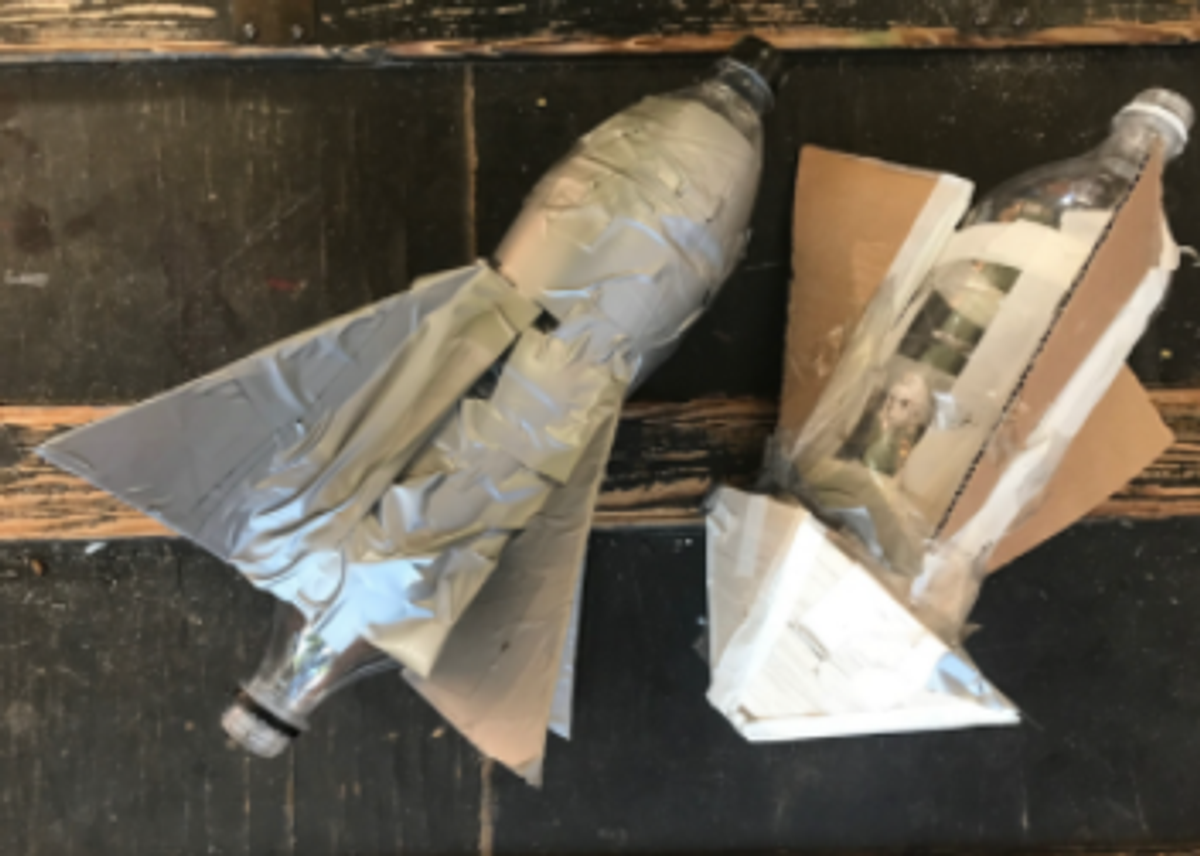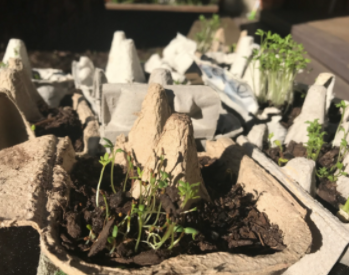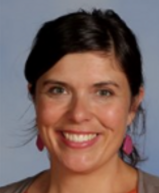The IB Primary Years Programme* at Arlington

A snapshot of learning from the Inquiry Cycle ‘Launch Pad’ phase
Last week was an exciting moment in our learning through the IB PYP transdisciplinary theme of How The World Works as students across Arlington launched into their own inquiries. These inquiries have been diverse, challenging and have inspired scientific thinking and pondering. The assessment tasks have been designed to support student understanding by inviting them to articulate their scientific learning through the chosen genre(s).
Transdisciplinary Theme:
HOW THE WORLD WORKS
An inquiry into the natural world and its laws; the interaction between the natural world (physical and biological) and human societies; how humans use their understanding of scientific principles; the impact of scientific and technological advances on society and the environment.**
10s & 11s
Central Idea: Inventing and testing advances human society
Genre: Procedural Writing
Assessment Task: Google slide documentary with voiceover
8s & 9s
Central Idea: We need to understand the physical properties of materials in order to design successfully
Genre: Explanation
Assessment Task: Develop and explanation text focusing on materials used in manufacturing an everyday product
5s, 6s & 7s
Central Idea: Plants Grow and Change
Genre: Scientific observations and inquiries
Assessment Task: Science portfolio – “Me as a botanist”
“My inquiry is into the materials used to make broomsticks. It is being written as an explanation. Michael told me not to do the title just yet, instead just to focus on my first paragraph. The first paragraph needs to describe the product and the materials used to make it. Then I need to explain how the materials are made. I am really enjoying being able to look at images of broomsticks from Harry Potter. I have discovered that these designs have metal parts attached to act as a motor to make the broomstick fly faster. Broomsticks were first designed by Levi Dickenson and he used a large amount of hay and a large stick to make them. The stick acted as a handle and the hay trapped particles when the broom was swept across the floor. Next I will write my conclusion, but I am not sure about this part yet.”
Paige – 8s
“Our unit has been all about Plants Growing. I am starting the book, because we have to make a book about plants, or a plant. We have portfolios too and it has my work, all about plants. I think we have the portfolios there to hold the papers somewhere, just to hold it, so you can find it easily. We need to do a I see. I think. I wonder. But I haven’t done it and I am going on holidays today, I am so excited!”
Rachel: “There are some lovely gumnuts over there. Could we take the vase of gumnuts off the table and have a go right now, at the thinking routine, I see. I think. I wonder?”
Toby: “Sure. I could do it.” (gets vase of gumnuts).
Well, I see it is white. I see little spikes inside the hole at the top.”
Rachel: “Just remember when you head to the next part you want to try and make connections to what you see. So your I think part, needs to relate to what you focused on in I see.”
Toby: “Okay. I think there could be more than just spikes on the top inside the hole.
I wonder why it is white and I wonder why there are spikes?”
Rachel: “How about I print this out for you and you could take it back to class for your book?”
Toby: “Great. My book could be about sunflowers. I planted a sunflower outside our classroom.
I learned flowers, like sunflowers, have seeds in its buds. Well not the bud, but where the pollen usually is. I want to know more about: Why do plants needs light to grow. Actually, no I don’t, I already know that. I want to know what came first, seeds or flowers.”
Toby - 6s
“We are looking at physical properties of objects and putting them through multiple tests to see if they were absorbent, transparent, flexible or elastic. My inquiry is into car body materials and how they have changed. Originally cars were designed just with the chassis and a seat, no car body at all, but then they realised that they would get wet and also it could easily get ruined. Today car bodies are water proof and have lots of strength because of the materials used, such as steel magnesium, carbon fibre and plastic. Writing it as an explanation template helped me most because it helped me to look at what I had and what I still had to do. So you could say, it helped me plan my writing. Finding correct information was the most challenging part but my primary source of information came from Dad. When my Dad helped me it was great. Dad is a Ford Car Designer and he actually didn’t know my about this. It is not his area of expertise. Engineers know more about this area. Dad didn’t know much, I know, because I looked at his search history and it showed he had looked it up. He had searched: Car Body Materials, Car Body History, Car Body Timelines, How Car Bodies Had Changed and Car Body Materials Timeline. Those searches helped us a lot.
Sam - 9s
“We are exploring design and inventions and I am researching Drums and how they work. My inquiries are, Why they are shaped like cylinders? and Does the different shaped cylinders affect the sound of the drum? We have to write this up as procedural text, and that goes well with the design process and science really, because working in science, things need to be exact. We are presenting these as documentaries. This has been my favourite unit so far. Hmmm, troubles I have had with this unit have been..I thought I knew a lot about drums and I found out that I don’t...there’s actually lots more to know. That makes me feel a bit deflated, because I thought I knew a lot, but it also makes me curious, and I want to know more.”
Otis - 11s
“Our inquiry is about using timelines to look at inventions and products. We are looking at the materials used to make it (the product). My inquiry is into the evolution of a hairbrush. I have discovered that Samuel Firey invented the first hairbrush and it had a plastic base with wire teeth along the side. Next I need to find out why he made it out of these materials, because I am not sure why. I think it could be because it is easy to pull through your hair. We have evidence that cave men did their hair because they styled it into plaits, so it must have been untangled and smooth to do that. After I have my timeline I will try to write up an explanation text about hairbrushes and the materials used to make them today.”
Hephzibar – 8s
“In the 10s and 11s, we are looking and Design and Inventors, how things have changed over the years. Lots of trial and error experiments. We chose a topic and I am looking at Formula One cars and how they have changed over the years. Right now I am researching for my science experiment which has to focus on something to do with Formula One cars. I am thinking about experimenting to test the aerodynamics, perhaps but I am not yet sure how I will do this. We have to record our process and we have to do a presentation to our class. If I think about other parts of my learning, I have learned how to improve my handwriting, especially during this project because we are doing heaps of that and I have improved my researching skills as well.”
Leo - 10s
“I have growed some plants, snow peas and sunflowers. We will eat the peas and we are watching them as they grow taller and taller and taller. I have noticed that the snow pea has a little string thing that comes out all along it. I think it is for curling and making food. I learned about the tiny shoot growing out from the seed. When I saw the first shoot on my snow pea plant I didn’t know the leaves would look like that. There is also a seed which can turn into beans, I can’t believe there are so many different types of seeds and they are all different. What I am trying to understand more about are strawberry seeds. I cannot imagine what they look like. I want to know more about weed seeds. If I have a little girl when I am a Mum one day, I want to be able to tell her all about plants, because they are amazing. I wonder about bush seeds and tree seeds. There is so much to find out. There is this beautiful place called Diggers and it has lots of seeds that other places do not grow.”
Hero - 6s
“My inquiry is about Hats, how they have evolved. Our inquiry is about science and we need to make a documentary about an object and it needs to include five different design changes. I am looking at women’s hats and my design changes are bonnets, pitcher hats, cloche hats, pillbox and fascinators. At the moment I am working on my script for my documentary and next week I record the voice-over, but I have filmed the silent part. We are using procedural texts and at first I thought they were pretty simple, but they can be quite complex. So instead of saying: You need some of this, you would need to write, you will need as an exact amount. In my procedure I have had to detail and be exact about the instructions for starching a bow. Starch will make a bow that is made from ribbon, really stiff - which can be glued onto a hat. If I am not exact, the bow flop or have a gross texture. Figuring out the science testing was quite difficult because I wasn’t sure how to relate it into hats, I think lots of people struggled with this part, but my experiment tests did work.”
Elizabeth - 10s
*Candidacy
Preshil - The Margaret Lyttle Memorial School is a candidate school* for the PYP. This school is pursuing authorization as an IB World School. IB World Schools share a common philosophy- a commitment to high-quality, challenging, international education- that we believe is important for our students.
* Only schools authorized by the IB Organization can offer any of its four academic programmes: the Primary Years Programme (PYP), the Middle Years Programme (MYP), the Diploma Programme, or the Career-related Programme (CP). Candidate status gives no guarantee that authorization will be granted.
For further information about the IB and its programmes visit http://www.ibo.org.




